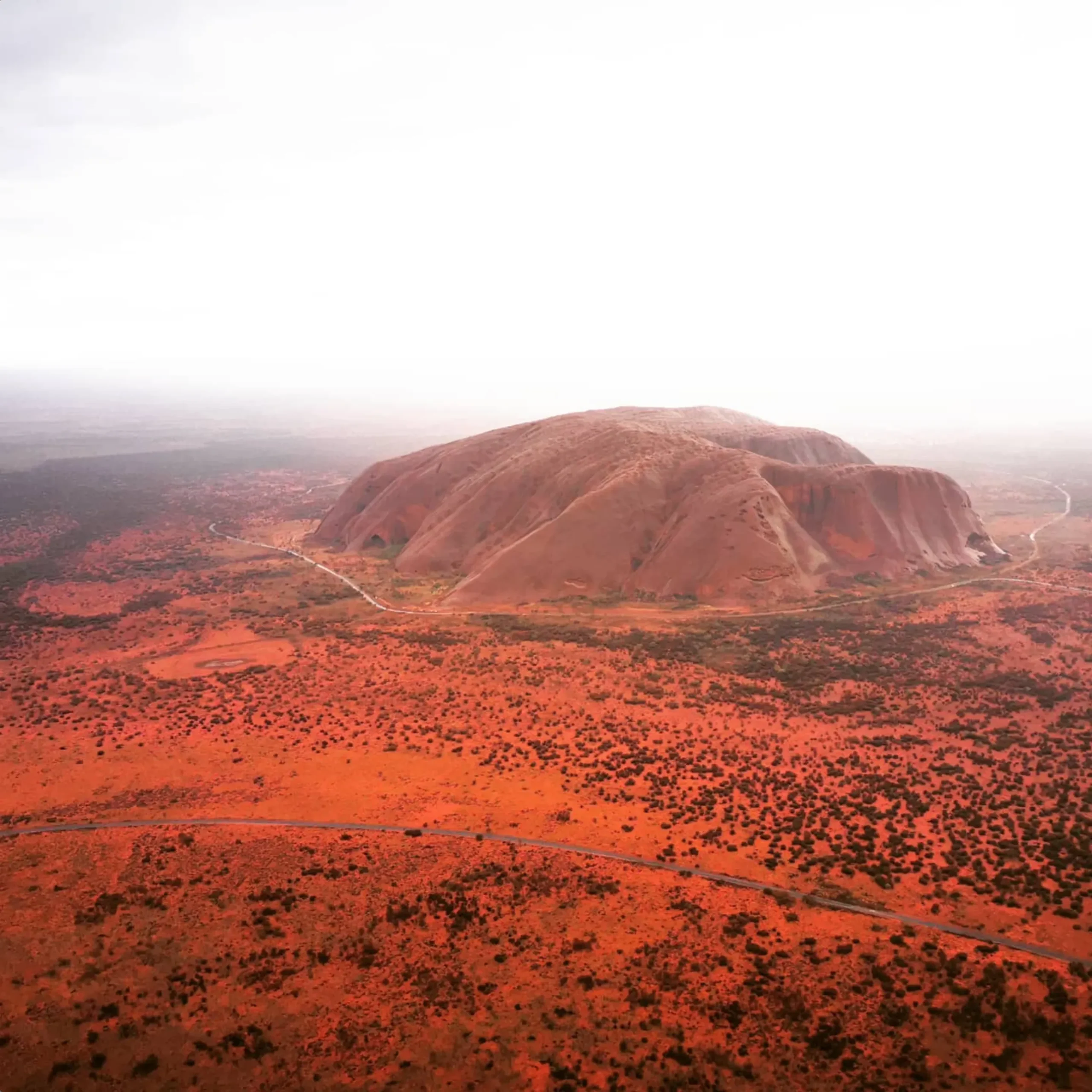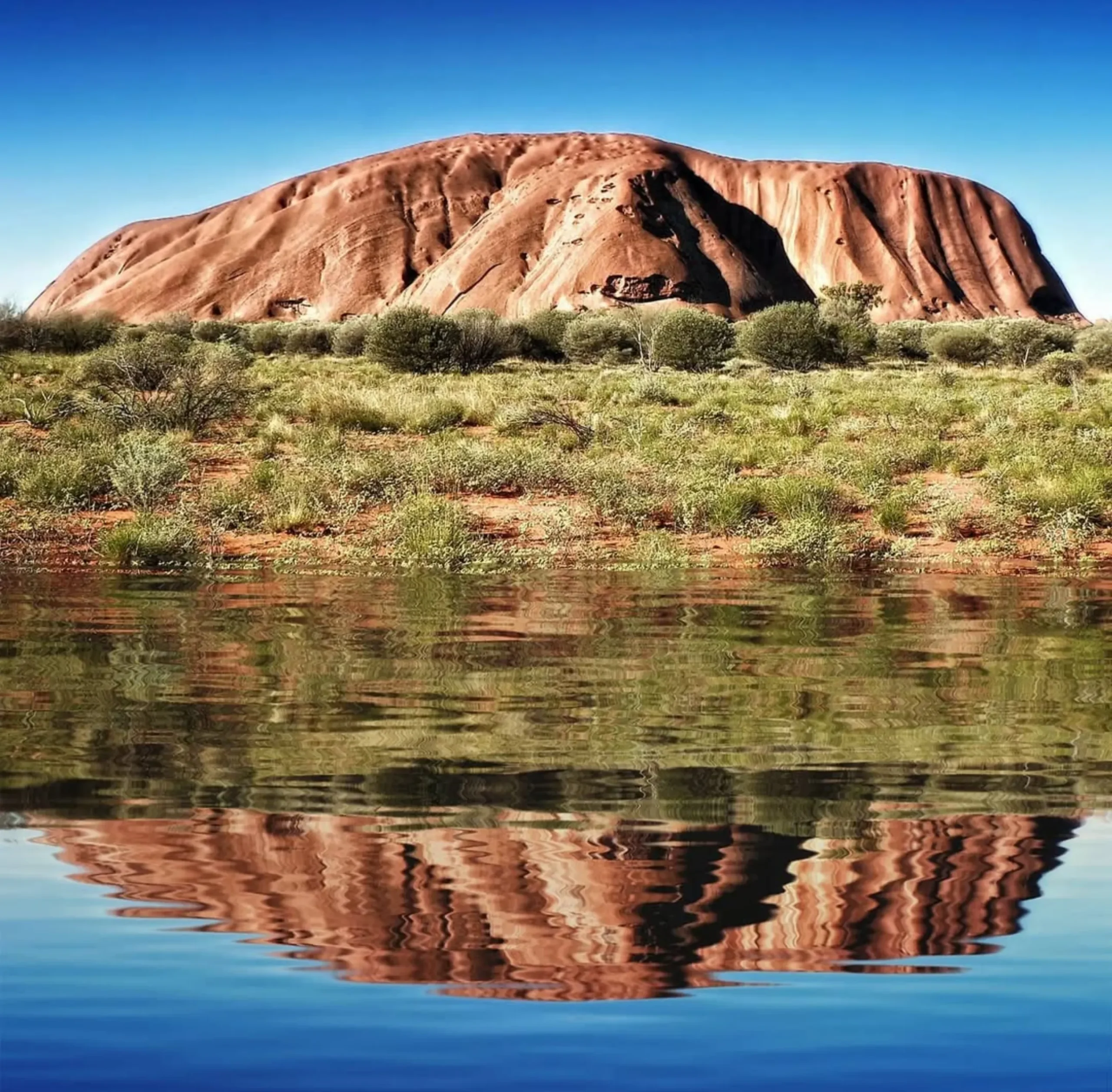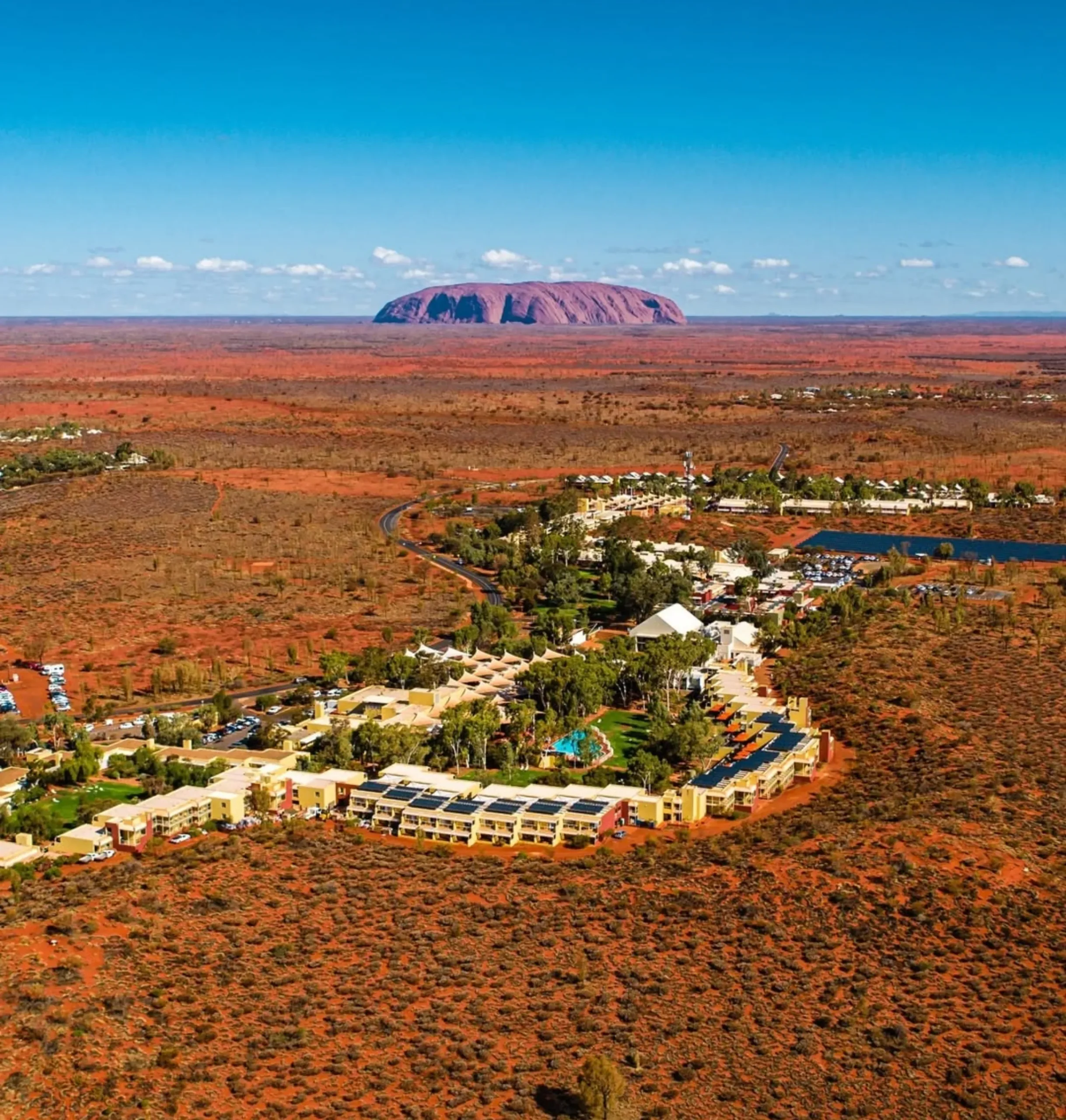Uluru is one of the most amazing sights in Central Australia and attracts visitors from all over the world. Famous for its looks and history this sandstone rock is a geological wonder and a cultural icon for the Aboriginal people. Most people call it Uluru but this sacred site has another name. But what is Uluru also called and why does it have two names? Let’s go into the history, spiritual meaning and the ongoing connection between this ancient rock and the traditional owners of the land.
What Is Uluru Also Called?
Uluru is also called Ayers Rock, a name given in 1873 by European explorer William Gosse after Sir Henry Ayers, the Chief Secretary of South Australia. But before European settlement the Aṉangu people, the traditional owners of the land, called it Uluru. The use of both names reflects the site’s shared history, combining its spiritual meaning with its colonial past.
A Landmark with Dual Names

In 1993 the site was officially dual named Uluru/Ayers Rock. By 2002 the naming order was changed to Uluru/Ayers Rock, to acknowledge the importance of Uluru to the Aboriginal people and their traditional life. The dual naming system recognises the need to respect both the cultural significance and the historical stories attached to this sacred rock.
The Cultural and Spiritual Meaning of Uluru

To the Aṉangu people, Uluru is more than a 350-metre-high rock; it’s a “breathing landscape” full of ancestral spirits and connected to their social and traditional life. Every curve, every crevice, every ridge has meaning, connected to rock art sites and Dreamtime stories passed down through generations. The surrounding Uluṟu-Kata Tjuṯa National Park, which includes Kata Tjuṯa (The Olgas), is a sacred site, so the area is very spiritual. Exploring this incredible region on a 2 day Uluru tour offers a deeper understanding of its cultural significance and natural beauty.
Why Is It Called Ayers Rock?

Ayers Rock was named during the time of European settlement when explorers like Ernest Giles and William Gosse were traversing Central Australia. This was the time when the Aboriginal names for landmarks were often ignored and replaced with names of colonial figures. While Ayers Rock is still used in some historical contexts and in tourism branding, recognising Uluru as the correct name is a broader recognition of Indigenous Australia and their fight for land rights.
Geological significance

Uluru’s sandstone formation has been a fascination for geologists for years. Its iron content gives it a red colour which changes dramatically with the sunlight and weather from deep orange to red. The presence of feldspar and sandy sediment adds to its colours. This sandstone rock has been standing for thousands of years, weathered by heavy rain and the forces of nature. It’s one of the largest monoliths in the world and stands tall in the Northern Territory landscape.
Tourism at Uluru/Ayers Rock
Today Uluru is swamped with visitors who stay at the nearby Ayers Rock Resort, go on sightseeing Uluru Tours and explore the surrounding Kakadu National Park. Popular activities include guided walks to the rock art sites, stories of ancestral spirits and the natural beauty of the land around Uluru. Visitors are asked to respect the traditional owners wishes and not climb the sacred rock, which has been banned since 2019. A visit to Uluru gives you a glimpse into the human societies that have lived in harmony with this land for thousands of years. For a guided experience Autopia Tours offers Uluru Tours so you can see these landmarks responsibly and learn about their natural and cultural significance.
The Role of Parks Australia and the National Museum

Management of Uluṟu-Kata Tjuṯa National Park is with Parks Australia who work with the Aṉangu people to preserve its social life, cultural values and ecological health. You can buy a park pass to visit the region and learn about the Aṉangu’s connection to the land at the park’s cultural centre or through interactive exhibits at the National Museum Australia.
Conclusion
Whether you call it Uluru or Ayers Rock this sacred site is an iconic symbol of Indigenous Australia and its ancestral lands. “Ayers Rock” reflects a colonial chapter of history, Uluru is the spiritual and cultural heart of the Aṉangu people. As one of Australia’s most famous landmarks it stands as a testament to the traditional owners and the Australian landscape.
FAQs
What else is Uluru called?
Uluru is also known as Ayers Rock, a name given by European settlers in the 19th century.
Why two names?
The dual names Uluru/Ayers Rock recognises both the Aboriginal people’s cultural heritage and the colonial history of the site.
Where is Uluru?
Uluru is located in the Northern Territory of Central Australia, in Uluṟu-Kata Tjuṯa National Park, near Alice Springs.
What is the spiritual significance of Uluru?
Uluru is very spiritual for the Aṉangu people, ancestral spirits and part of their Dreamtime stories.
Can visitors climb Uluru?
No, climbing Uluru is no longer permitted out of respect for the traditional owners and the sacredness of the site.